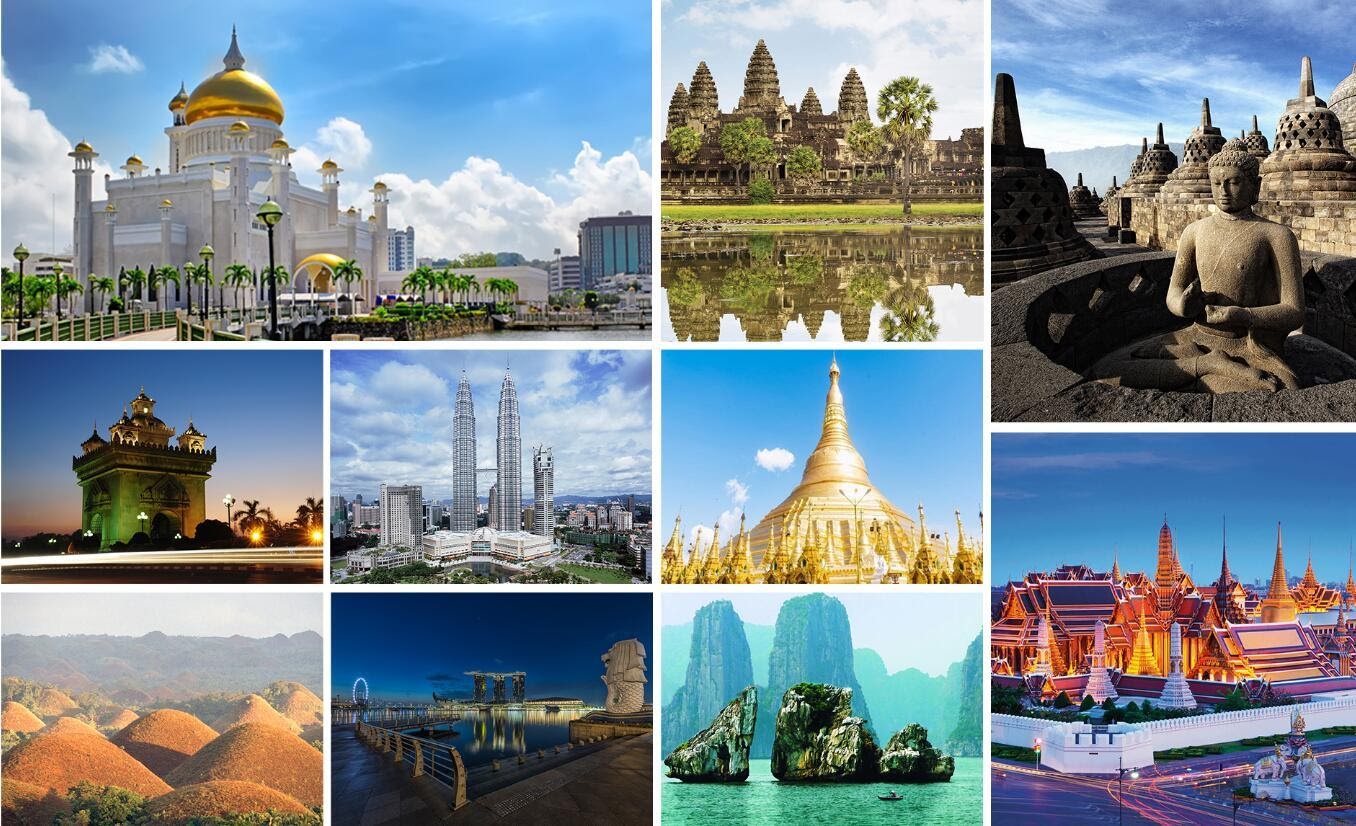According to WTTC, Southeast Asia will be the first to return to pre-pandemic levels of tourism. But contradictions and opportunities of mass tourism pose new questions
December 2022: Christina Aguilera posts a reel on her Instagram account that collects more than 25 thousand likes. The US pop star is spending her birthday in Vietnam, in the background of the landscape of Ha Long Bay, a UNESCO heritage site. The singer takes a helicopter ride, then celebrates with a toast on a yacht. All around, still few tourists, especially for a place that came to record more than 7 million visitors in 2017. By 2020, after the first pandemic wave, arrivals to Ha Long had plummeted to 1.5 million. Only a year earlier, environmentalists called for more attention to the natural area, where the construction of the new airport could trigger an environmental catastrophe due to the future tourist boom.
Ha Long's popularity and the decline in tourism due to the pandemic do not provide sufficient evidence to reason about greater landscape protection. Recovery, however, is near: according to data from the World Travel and Tourism Council (WTTC), the Asia-Pacific region will be the first to return to 2019 figures, with projections of 8 percent year-on-year growth over the long term. In addition, over the next decade, workers in the sector could increase to the point where they occupy 64.8 percent of the global total.
Ready for recovery
That 2023 could be the year of recovery is also told by actors in the territory. In January, Tourism Council of Thailand (TCT) President Chamnan Srisawat said that forecasts are for at least 20 million tourists to Thailand in the new year, almost doubling from 2022 numbers (11.8 million). The Vietnam National Tourism Administration (VNAT) also forecasts 8 million international arrivals, for estimated earnings of about $27.5 billion. In Cambodia, preparations are being made for the return of crowds to the well-known Angkor Wat complex. "The government has devoted a lot of effort to a recovery plan for the tourism industry," Top Sopheak, spokesman for the Ministry of Tourism, told the Chinese news agency Xinhua. "We believe that foreign tourists will increase in the coming years, especially in Angkor, as many airlines have resumed flights."
ASEAN has also been studying measures to address travel recovery in the post-pandemic era. As early as January 2022, a meeting of tourism ministers highlighted the need to take coordinated measures to boost the recovery of the tourism sector and achieve a number of goals already set out in the ASEAN Tourism Strategic Plan (ATSP) 2016-2025: not only a better quality of tourism offerings, but also a greater focus on the social and environmental sustainability of the sector. Examples given in the meeting's press release include the urgent need to support small and medium-sized enterprises, increase the skills of tourism operators, and protect the environment and historical heritage.
A fragile compromise
The basis for a recovery of Southeast Asian economies also (though not only) through the tourism industry is a given. The easing of restrictions due to the pandemic has already led to a growth in foreign entries, from which come tourists with ample spending power compared to domestic travellers. A possible recovery of the more developed economies also promises significant revenue for the most tourism-dependent country such as Thailand, but also an opportunity to invest in the sector as is happening in Vietnam.
What remains is the dilemma of the sustainability of the sector, especially in those areas where border closures have brought with them serious damage to the local socioeconomic fabric. As the International Labor Organization (ILO) pointed out in its 2021 report, the pandemic has caused an unprecedented collapse of job opportunities, especially affecting those sectors related to international tourism and global value chains. Adding to the dependencies that can be created in the labour market are other side effects of mass tourism: inflation, inflated real estate prices, and environmental degradation. The impact of mass tourism in Southeast Asia is primarily on ecosystems. It only took a few weeks of lockdown to return natural habitats to their true inhabitants. This has happened, for example, in Thailand, where a group of dugongs has returned to populate the waters around Libong Island. To date, there are still few Southeast Asian destinations that impose restrictions to safeguard the natural heritage of the excessive amount of tourists lured by the region's breathtaking views. Such as in Boracay, a small Philippine island where a total ban on entrances was imposed in 2018 to allow the waters to be cleaned of the accumulation of polluting sewage spilled from accommodations. Some restrictions have recently been adopted on the use of beach sand but, on the other hand, the green light for fireworks to celebrate New Year's Eve signals a more lax policy to keep the popularity of the tourist destination high.






